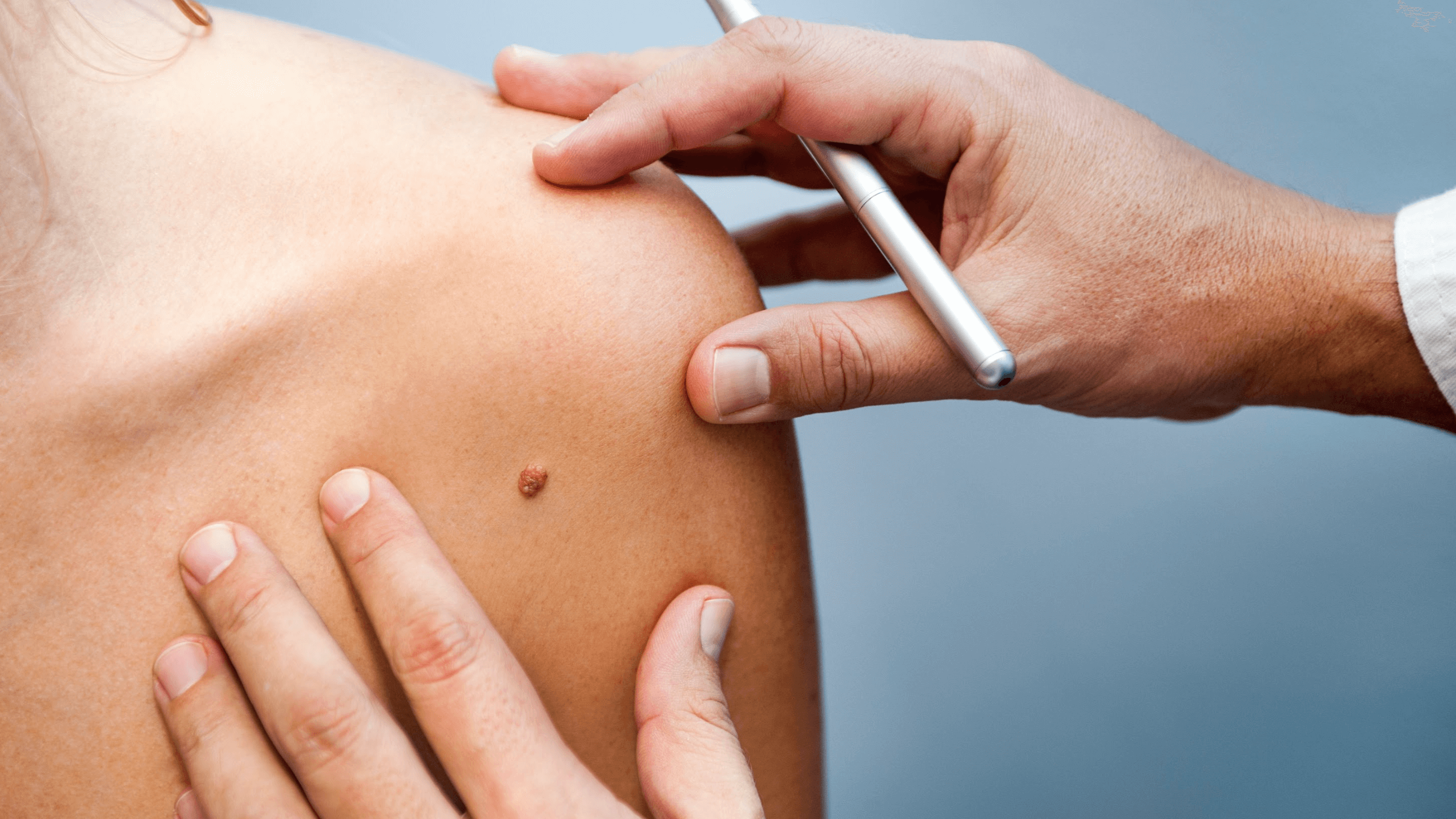What Skin Imperfections Lead to Skin Cancer if Left Untreated?
&srotate=0)
Many people are aware of the dangers of skin cancer and take measures to protect themselves. But can you detect early signs of cancer? Even small imperfections or irregularities may develop into something more serious, so it is important to be proactive and get a skin cancer screening at Imperial Dermatology in Hollywood, FL as soon as possible.
Below, Double Board-Certified Dermatologist Dr. Simona Bartos reviews three different kinds of skin cancer and provides some details about their appearance. We hope this information about basal cell carcinoma (BCC), squamous cell carcinoma (SCC), and melanoma will help you keep an eye out for any changes in your skin.
Basal cell carcinoma
Basal cell carcinoma is a common form of skin cancer, accounting for most cases, according to The Skin Cancer Foundation. It usually appears as a shiny, skin-colored, or translucent bump. It is often called "pearl-like" because of its smooth, pearly surface. BCC can also look like a waxy patch or scar.
BCC is most often found in sun-exposed skin and though it usually grows slowly, can spread to other areas if left untreated. Watch out for bleeding, itching, or pain around a growth, as this may be an indication that the BCC is getting larger.
Squamous cell carcinoma
Squamous cell carcinoma also forms on frequently sun-exposed skin, appearing as a dry, red bump. It may also have a scaly or crusted surface that bleeds easily. Though most SCCs are easily treated by a dermatologist, these lesions can become disfiguring and even deadly if allowed to grow into the deeper layers of the skin. Schedule a cancer screening with Dr. Bartos if you have a sore or scab that doesn't heal, or a growth that bleeds easily or crusts over and then comes back.
Melanoma
Of all the skin cancers, melanoma is the most dangerous. It can develop anew or from an existing mole that changes in size, shape, color, or texture. The ABCDEs of melanoma are easy to remember and can help you spot potential trouble spots:
- Asymmetry: One half or side of the mole does not match the other
- Border: The edges of a mole are ragged, irregular, or blurred
- Color: The mole has shades of different colors
- Diameter: The mole is larger than a standard pencil eraser (about ¼ inch)
- Evolution: The mole changes over time
What happens during a skin cancer screening?
Even small skin imperfections should be checked out by an experienced Double Board-Certified Dermatologist like Dr. Bartos who is fellowhip-train in early cancer detection. During a skin cancer screening in Hollywood, she will examine your skin and pay special attention to any concerning areas. She is an expert in the use a tool called a dermatoscope to get a better look at moles and other spots.
Imperial Dermatology may recommend a biopsy if Dr. Bartos finds anything suspicious. This is a simple, outpatient procedure in which a small piece of skin is removed and sent to a lab for analysis. The earlier cancer is discovered by a dermatologist, the easier it is to manage and treat.
Schedule a cancer screening
What you call a minor "imperfection" may actually be skin cancer. If you are concerned about an existing spot or have questions about the cancers listed above, call Imperial Dermatology to consult with Dr. Simona Bartos. Our Hollywood, FL dermatology practice hopes this information has helped you better understand the appearance of skin cancer. We look forward to helping you protect your skin.